
Skincare containing EGF, or Epidermal Growth Factor, has been the rage recently. Skincare companies claim that these products can do everything from erasing wrinkles, to firming skin, to treating pores. While promising, there are some important things you need to know before deciding if you should get your hands on a bottle of EGF -containing lotion or potion.
WHAT IS EGF?
First discovered in the 1980s, epidermal growth factor (EGF) is a polypeptide that is naturally found in body fluids such as urine, saliva, milk and plasma. Its role in our bodies is the regulation of skin cell repair. It binds to the epidermal growth factor receptor (EGFR) on the cell surfaces and activates the intrinsic protein-tyrosine kinase activity of the receptor.
This, in turn, initiates a cell-signalling cascade that results in a flurry of activities within the cell – increased energy consumption, increased protein synthesis, increased DNA synthesis, and ultimately, increased cell proliferation. The result is cell renewal and wound repair.
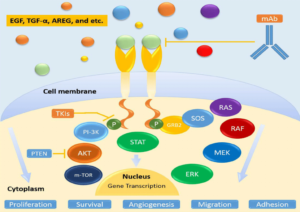
MEDICAL APPLICATIONS
Along with several related peptide growth factors, EGF has been shown both in vivo (in living organisms) and in vitro (in the lab) to accelerate events associated with epidermal wound repair. EGF has been used to accelerate skin regeneration in burn victims as well as speed wound recovery in patients with diabetic foot ulcers.
Abundant in quantity along the gastrointestinal tract, EGF has also been found to exert a biological effect in the maintenance of mucosal integrity. Studies have shown that on top of its healing properties, it also has the ability to regulate gastric acid secretion as well as inhibit bacterial colonization in gastric ulcers!
Ophthalmic solutions containing EGF has been shown to be promising in the treatment of traumatic corneal epithelial defects, with research trials showing that the use of solution significantly enhances the mean epithelial healing time.
In a nutshell, EGF acts as a healing factor for the body, aiding in the repair of skin, corneal, intestinal and mucosal wounds. While most medical applications of EGF are still in the experimental phase, the future of EGF in the world of wound therapy is brimming with potential.
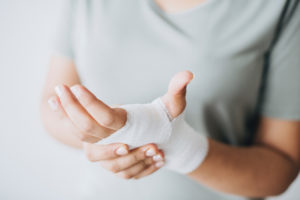
SKIN BENEFITS OF EGF
There has been evidence to show that EGF has beneficial effects on the skin. One recent study (Ref 1) showed improvement in atrophic scarring with 81% of patients reporting a good to excellent improvement in acne scars. Another study showed statistically significant improvements in the appearance of fine lines and rhytids, skin texture, pore size, and various dyschromatic conditions apparent within the first month of use (Ref 2).
Interestingly, EGF serums can be combined with filler treatments to improve results – skin smoothness, firmness, fine lines and radiance. A study compared EGF with a fibroblast growth media and moisturizer, and found EGF superior in improving the skin condition (Ref 3)
As we age, the levels of EGF in the body start to decline. This in turn results in a slower rate of skin repair, which means that the skin starts to get less resilient and signs of ageing starts to set in.
Consistent use of EGF products can help to restore your skin barrier, promote skin elasticity, radiance, and improve the quality of skin. While skeptics may argue that the growth factor molecules are too large to penetrate the skin barrier, studies have shown that topical application of EGF alone can help to promote skin rejuvenation by stimulating fibroblast proliferation and increasing collagen production. One possible route of entry is through hair follicles and sweat glands. Chemical modification with lipophilic molecules can also help to improve penetration of growth factors into the skin.
To further enhance penetration into the skin, experts also suggest topical application after procedures such as microneedling or laser resurfacing. The LASEMD laser is one such delivery system which will help increase the delivery of the active EGF ingredients into the skin.
SHOULD I INCLUDE EGF INTO MY SKINCARE ROUTINE?
The short answer is yes! While sunscreen, antioxidants and retinols still form the holy trinity in skincare, EGF is a useful adjunct to add to your anti-aging skin care routine as it aids in the production of collagen and elastin.
Any skin type can benefit from incorporating EGF into their skin care routine. Unlike retinoids, EGF does not cause skin irritation and hence is suitable even for sensitive skin. Not only does it increase the thickness of your skin, it helps it retain water better by improving skin hydration resulting in more youthful bouncy skin.
NOT ALL EGF SERUMS ARE THE SAME
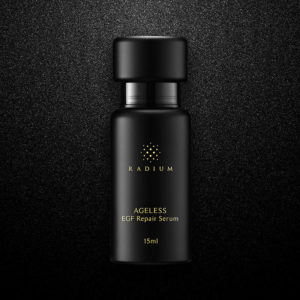
There are many EGF products out in the market – and they are not all created equal. Many cheaper formulations contain too low a concentration for it to work, while others use plant EGF (e.g. Barley) instead of human EGF – the peptide structure would be different and not work on the cel receptors to produce beneficial effects.
A good EGF serum should contain human EGF, and in the right concentrations, in the correct carrier. After trying to look for the perfect EGF serum, I was disappointed, and decided to specially design the Radium Skin Ageless EGF Repair Serum with a Japanese specialty skincare company. Our proprietary formula contains human recombinant EGF (produced by bacteria), placental proteins, and botanical extracts in a hyaluronic acid carrier for quick and maximal absorption.
HOW TO USE EGF
I recommend applying EGF essence as the first step of your skincare routine. It is best applied to damp skin, lightly tapping until fully absorbed before layering on other skincare products. For best results, avoid pairing EGF products with alpha hydroxy acids (AHAs) or vitamin C as the acidity can cause the growth factors to break down.
If you have AHAs or vitamin C in your skincare routine, you can consider alternating the products or applying one in the day and one in the night.
If you have sensitive skin, remember to first try out your new EGF product on an inconspicuous patch of skin such as behind your ear to make sure there are no allergic reactions.
Of course, you still need to complete your skin care routine with wash, moisturizer, and most importantly, sunblock. Regular use will result in softer, smoother, younger, and more radiant skin.
References:
1.Improvement of Atrophic Acne Scars in Skin of Color Using Topical Synthetic Epidermal Growth Factor (EGF) Serum: A Pilot Study, Stoddard MA
2. Improved texture and appearance of human facial skin after daily topical application of barley produced, synthetic, human-like epidermal growth factor (EGF) serum, Schouest JM
3. The Effect of a Combination of Recombinant EGF Cosmetic Serum and a Crosslinked Hyaluronic Acid Serum as Compared to a Fibroblast-Conditioned Media Serum on the Appearance of Aging Skin, Draelos ZD
Ageless EGF Repair Serum is available at Radium Medical Aesthetics, and online at Radium-Skin.com





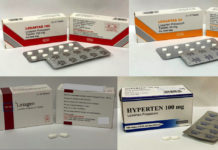




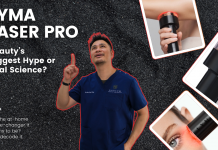
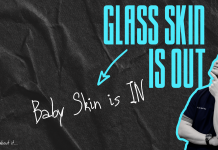
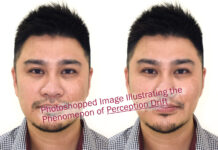


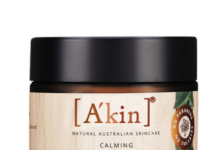



Thanks for your article on “EGF Anti-Aging Skincare: Is It Worth Your Money?”. If I’m using a slow release retinol (Bioniva Retinol Serum) and slow release glycolic acid (Caudalie Dark Spot Correcting Glycolic Night Cream) at night and Vitamin C (Murad Essential-C Toner plus The Ordinary Ascorbic Acid 8% + Alpha Arbutin 2) in the morning, I wondered if I could apply an EGF first, wait a certain amount of time and then apply the rest of my normal AM/PM routines. Any advice on whether this may work? I’ve read elswhere waiting 10 minutes, or 20-30.
Thanks in advance.